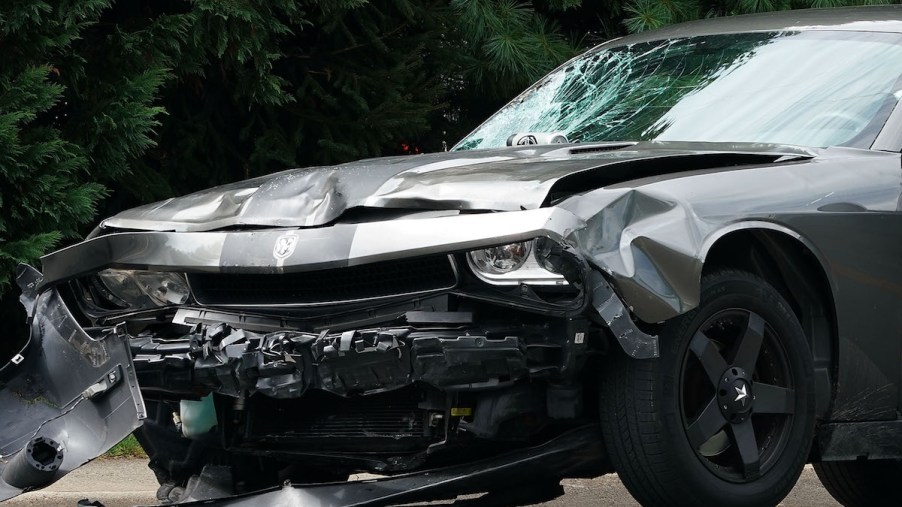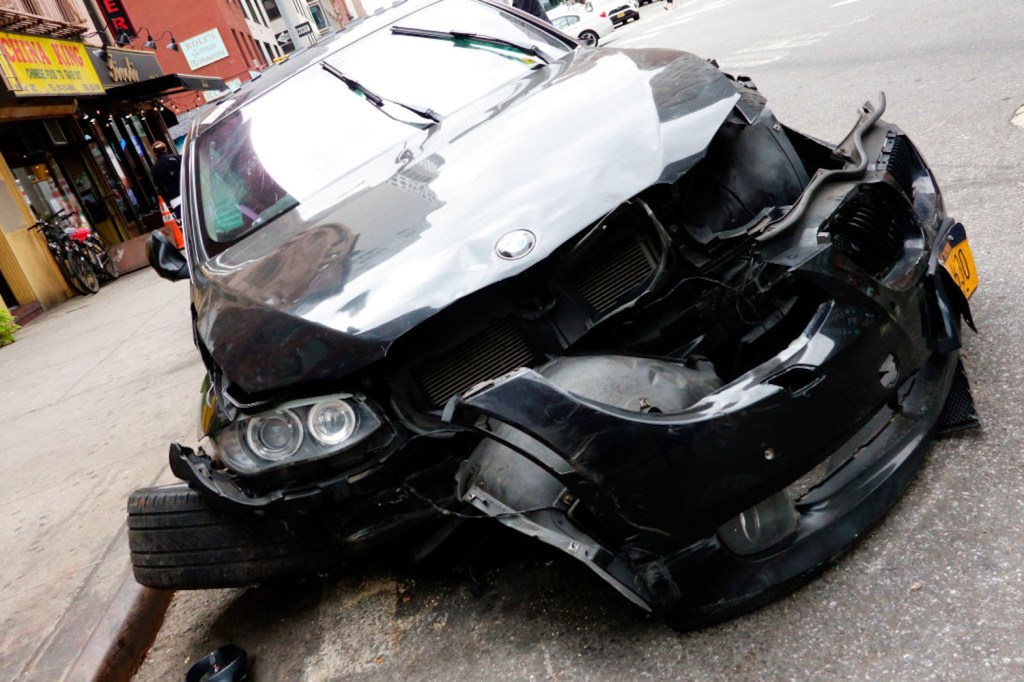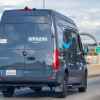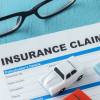
What You Should Do in a Car Accident
An accident is a very surreal experience. Your heart starts pumping fast, your nerves are elevated, and your mind wants to race at the same time that things seem to go into slow motion. But what is surprising to me is how many people handle car accidents poorly afterward.
Take care of the important stuff after car accidents

Let me explain. Search on YouTube for “Car Driving Fails” or “Dash Cam,” and there are hours upon hours of car accidents recorded. Surprisingly, many videos show people getting out of their vehicles after an accident, yelling and gesticulating at the other party. This is what I’m referring to when I say many people handle things poorly. Whether a person is wronged or not is something for the police, insurance, and if need be, the courts to figure out. When an accident happens, there are other more immediate things that need to be taken care of.
Geico, State Farm, and numerous lawyer’s firms have listed online the actions that need to be taken should you or I get into car accidents. Not surprisingly, arguing and swinging our arms like mad are not found on the list. But, other things are.
The lists of things to take care of after car accidents varies from one company or firm to another. But they all also pretty much agree on several things. They are listed below.
Bring the vehicle to a stop and turn your hazard lights on
Sometimes in car accidents, people become so stunned or disoriented that they don’t realize the vehicle is still moving. Before it hits anything, the driver should attempt to safely stop the vehicle if the impact didn’t already do that. Then, turn on the hazard lights, also called the four-ways.
Check on injuries, but don’t become one
Check for injuries of any occupants of your vehicle first, before checking on the other driver. If you do go and check on the other driver, make sure not to become a traffic hazard yourself by lingering in traffic. The last thing you want to do is survive the accident only to become a pedestrian fatality after the fact.
Call for help and set up safety items to avoid other car accidents
Call emergency services and let them know what happened. Don’t forget to tell them if there are injured parties. Follow their directions if they give you any. After the call, it is a good time to try and set up any safety triangles or flares. If you can’t do that yourself, have somebody else do it.
Exchange information and take pictures of the car accident
If emergency services have not arrived, you can attempt to exchange information with the other party. Everybody knows this needs to occur. So, most parties will be ready to do so. Sometimes, however, other parties may not be insured and are unwilling to exchange information. Make that clear to emergency services. Otherwise, this is the information Geico says you should attempt to recover,
- Names, phone numbers, mailing addresses, and email addresses of the other driver(s), all vehicle occupants, and witnesses
- Location of the incident
- Photos of the scene and all vehicles involved, including tag numbers
- Insurance information from others involved: company name, policy number, and phone number
- Police report number
- Phone number
- Officer name and badge number
Okay, we’ve covered stopping the vehicle, putting on the hazard lights, checking on injured parties, calling for help, setting up safety items, and exchanging information. Next is taking pictures. Document the scene as best as possible. Use your cameraphone or another camera to take pictures of the vehicles, the intersection, license plates, and any damaged structures during the car accident.
Health and safety are number one
Some people want to go on and on about the situation as if verbally escalating the situation is going to help anything. Keep in mind, however, that health and safety are both the number one concern. After identifying if anybody has been hurt, notifying authorities, and exchanging information, nothing else needs to be said about who did what to whom or how it was done. As mentioned before, those are things for the police, insurance, and if need be, the courts to figure out. Most importantly, keep calm, even if your adrenaline is shooting through the roof.


